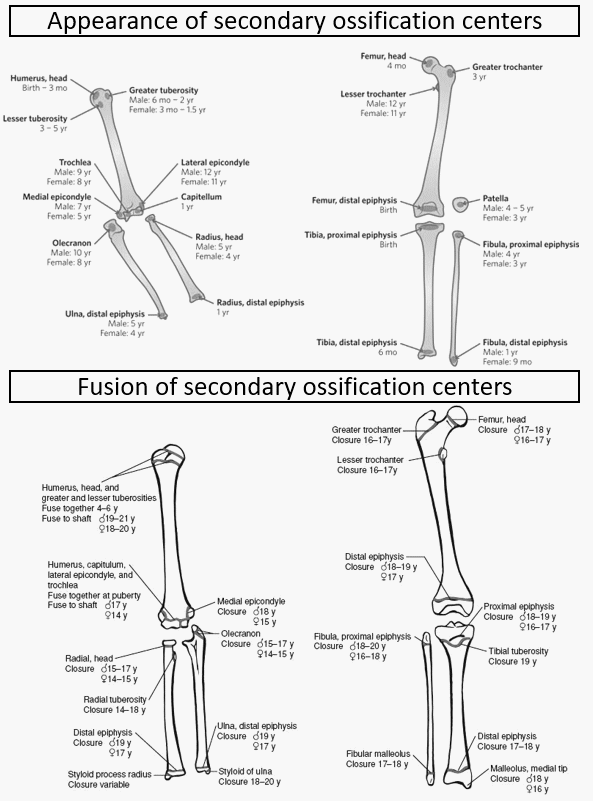Upper end of humerus Mnemonic: HGL – 1,3,5 a. Head – by 1 year b. Greater tuberosity – by 3 years c. Lesser tuberosity – by 5 years All 3 centers fuse together by 6 years (1 year after the last center appears) Upper end of femur Mnemonic: HGL –…

Transportation Safety: Occupational injuries in Shipping Industry
Shipping1 is perhaps the most international of the world’s industries, serving more than 90 per cent of global trade by carrying huge quantities of cargo cost effectively, cleanly and safely. The maritime industry, as it is called, fulfils a critical role in the world economy as the primary carrier of…
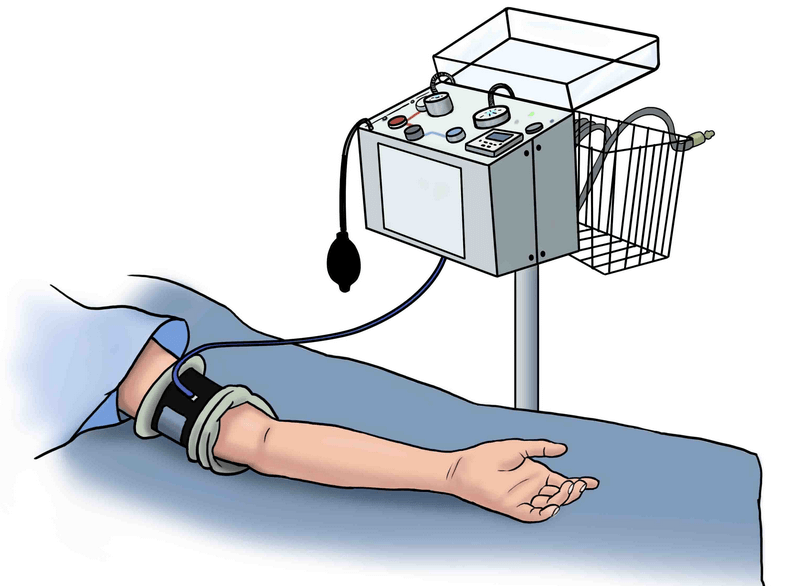
Bruner’s Ten Rules of Pneumatic Tourniquet Use
APPLICATION: Apply only to a healthy limb or with caution to an unhealthy limb SIZE OF TOURNIQUET: Arm, 10 cm; leg, 15 cm or wider in large legs SITE OF APPLICATION: Upper arm; mid/upper thigh ideally PADDING: At least two layers of orthopaedic felt SKIN PREPARATION: Occlude to prevent soaking…
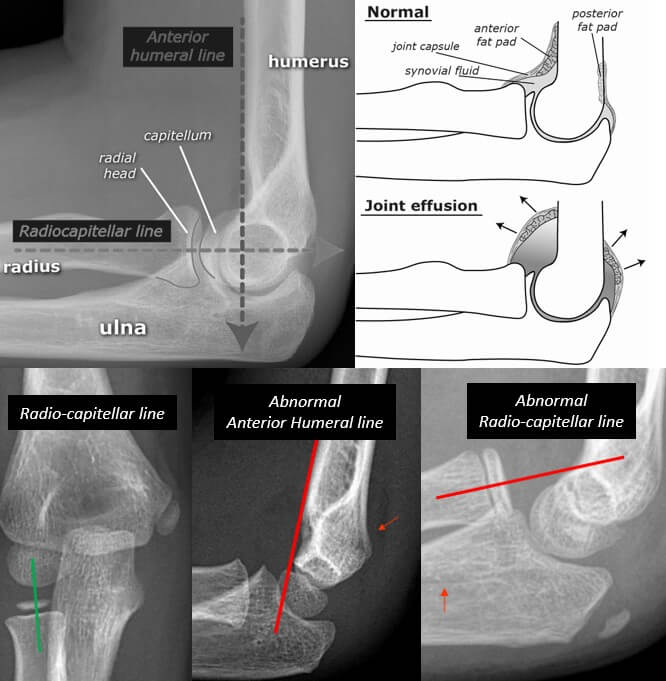
Mnemonic Approach to Elbow Xray – FOOL
Mnemonic: FOOLa. Fat padsb. Overt findings and outlinesc. Ossification centersd. Lines Fat pads The elbow joint has anterior and posterior fat pads which are extra-synovial but within the articular capsule. These are present as a radiolucent (black) line (compared to bone and surrounding soft tissues) in lateral X-rays. Normal finding:…
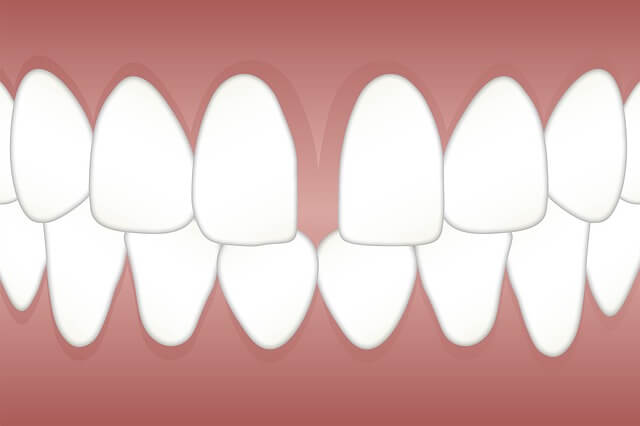
Few Etiology Mnemonics
YELLOW NAILS N: Non pitting Lymphedema A: Autoimmune disorders (thyroiditis, rheumatoid arthritis) I: Infections (Pneumonia, AIDS) L: Lung disorders (pleural effusions and bronchiectasis) S: Serious: Malignancy (mycosis fungoides, laryngeal carcinoma, bronchial carcinoma, breast cancer, endometrial cancer, gallbladder cancer, NH Lymphoma) DIASTEMA causes (see Terry Thomas “sign”) D: Developmental cyst orofacial line I:…
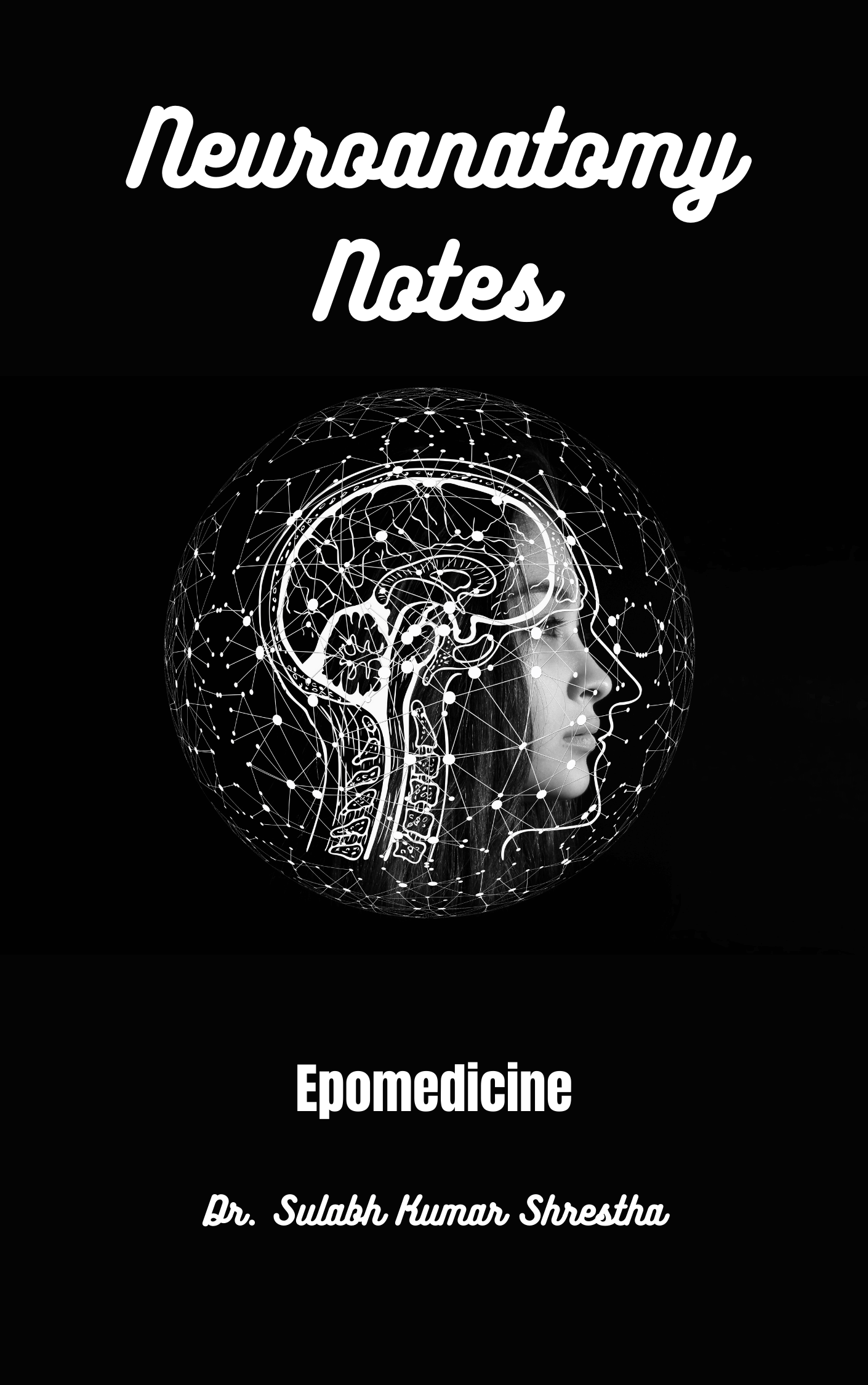
Neuroanatomy Notes
This is a compilation of high yield topics on neuroanatomy with visual mnemonics and illustrations targeted for undergraduate medical students who find difficulty in conceptualizing the nervous system. Author: Dr. Sulabh Kumar Shrestha Key features: Covers clinically and academically important topics Schematic diagrams Visual mnemonics Useful for medical students, PG…

Some Neurology Mnemonics
FALLS – indications for CT BRAIN A: Age > 65, Amnesia > 30 minutes before impact B: Bringing up = vomiting > 1 (once) C: Coagulopathy (hx) D: Dangerous mechanisms: > 1 m or 5 stairs, PVA, Cyclist, Ejection E: Epileptic fit (post traumatic) F: Fracture: open, depressed, skull base…
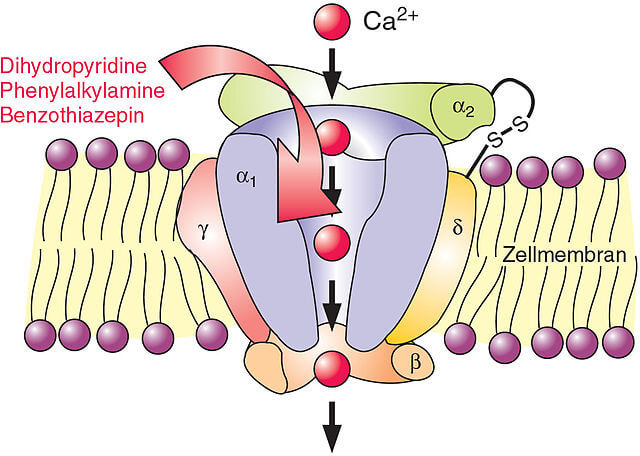
Calcium Channel Blockers : Mnemonic
Dihydropyridines Mnemonics:a. D for “-dipine”b. D for Dilation of vessels Nifedipine Nicardipine Isradipine Felodipine Amlodipine Non-dihydropyridines Mnemonics:a. N-D for Non “-dipines”b. N-D for Node supression + Dilation of vessels Verapamil Diltiazem
